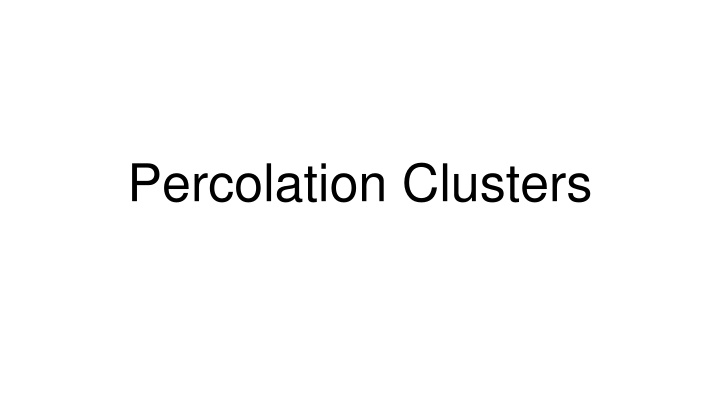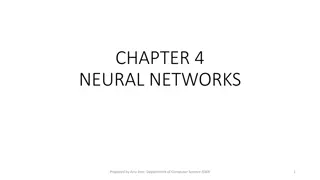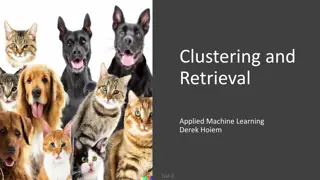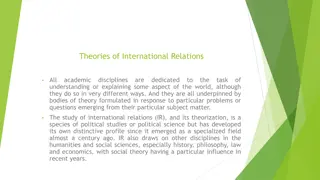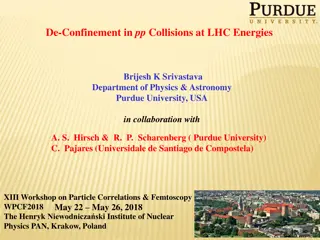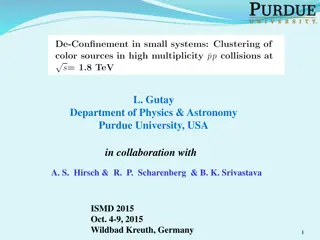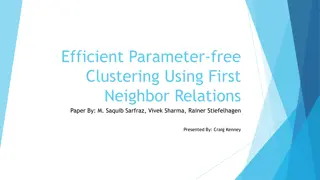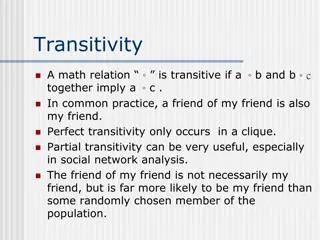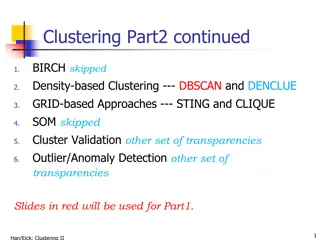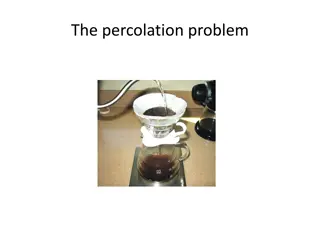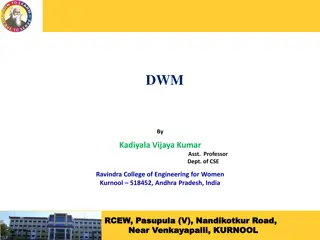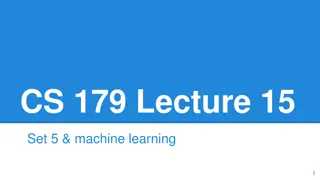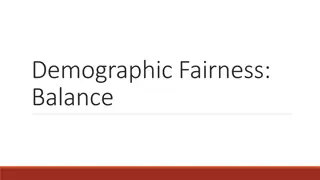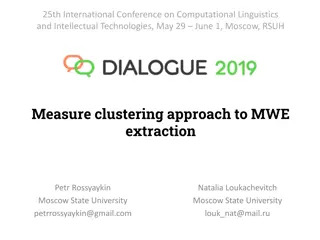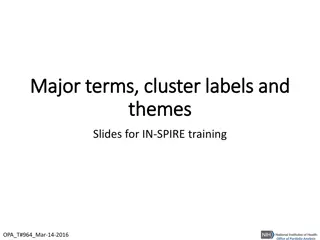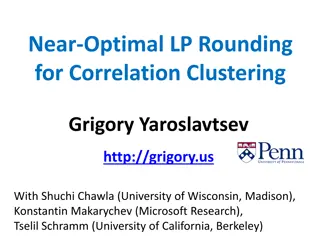Overview of Percolation Theory and Clustering Phenomena
Explore various aspects of percolation theory, clusters, critical probabilities, and structures like the Sierpinski Gasket. Learn about site percolation, bond percolation, torus structures, and the double cover of the Sierpinski Gasket in a detailed visual format.
Download Presentation

Please find below an Image/Link to download the presentation.
The content on the website is provided AS IS for your information and personal use only. It may not be sold, licensed, or shared on other websites without obtaining consent from the author.If you encounter any issues during the download, it is possible that the publisher has removed the file from their server.
You are allowed to download the files provided on this website for personal or commercial use, subject to the condition that they are used lawfully. All files are the property of their respective owners.
The content on the website is provided AS IS for your information and personal use only. It may not be sold, licensed, or shared on other websites without obtaining consent from the author.
E N D
Presentation Transcript
Site Percolation Cells are occupied with probability p, and empty with probability 1-p Clusters are groups of nearest neighboring cells
For finite cases, a cluster percolates if it goes from one boundary to another p = 0.45, 0.55, 0.59, 0.65, and 0.75, respectively
Bond Percolation Keep edge with probability p Remove edge with probability 1-p Cluster: network of connected components
Torus Structure We are using the torus to model the lattice, Z x Z Each vertex has 4 neighbors
Critical Probability Critical Probability: pcsuch that when p < pc the probability of having an infinite (or percolating) cluster is 0, and when p > pcthe probability of having an infinite cluster is 1.
The Sierpinski Gasket SG level 2 Probability: 0.5
SG level 4 Probability: 0.5
SG level 7 Probability: 0.5
Critical Probability on SG x SG SG level 2 SG level 3
SG3 x SG3and SG4 x SG4 SG level 4 SG level 3
Cluster Variation SG3x SG3
Cluster Variation Level 3:
Still To Come... Laplacian on percolation clusters Random walks Recurrent vs. Transient walks on clusters Cell graphs vs. vertex graph 3 neighbors rather than 4
